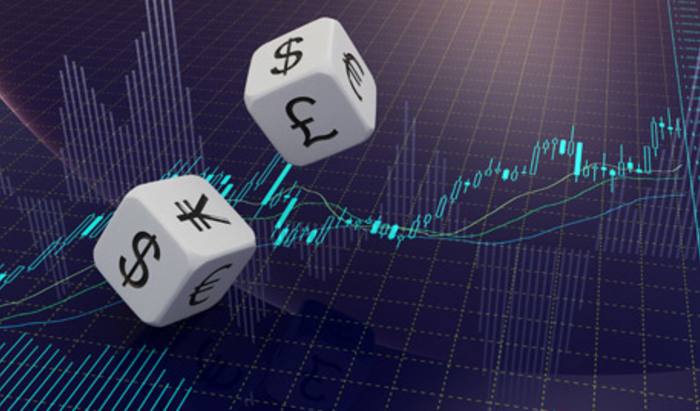
The rule of thumb for advisers when it comes to managing clients’ portfolio is to focus on long-term objectives and simply ignore the daily noise of the markets.
However, the markets have made a great deal of commotion in the past year. Seismic geopolitical events, such as the Chinese market correction, the fall in oil prices, the EU referendum Leave vote and more recently, the shock victory for Donald Trump in the US election race, have wreaked havoc on global markets.
The Chicago Board Options Exchange Volatility Index shows there is a direct correlation between these macro events and peaks in volatility.
There is a sentiment that a highly volatile investment environment could represent fertile hunting ground for the most savvy advisers to make a quick buck.
However, 2015 research conducted by Vanguard, which is renowned for its buy-and-hold portfolios, suggests that performance-chasing is not necessarily the best approach.
The firm found a buy-and-hold approach outperformed a performance-chasing strategy by 2.8 per cent per year on average between 2003 and 2014.
Volatility trading strategies are speculative, or as Mark Dampier, head of research at Hargreaves Lansdown, puts it: “It is like saying if you buy a lottery ticket, you might win the lottery.
“The idea of this strategy might sound quite sexy but in reality, it doesn’t work because it is based on assumptions, or it simply does not generate a lot of money.
“It is difficult to time the market because it is nigh on impossible to predict what will happen in times of uncertainty and volatility. You often find that what’s driving overreaction in global markets is nothing more than speculation.”
Amid high market volatility and, not least, record low investment yield, advisers are faced with the difficult task of managing their clients’ expectations.
Getting clients to ignore the prognosticators in the build up and after a macro event is by no means an easy feat, according to Mr Dampier.
He says: “With the birth of the internet, we have a 24-hour news flow. This makes it difficult for advisers to calm clients.
“Volatility is simply volatility and shouldn’t necessarily affect a long-term investment plan. Unfortunately, people make emotional decisions rather than investment ones.”
The US election result is a good example to show jittery clients that heightened market volatility in response to macro events is likely temporary, according to Jason Hollands, managing director of London-based Bestinvest.
Trump’s win saw a slight dip in the S&P 500 futures, while the Dow Jones at one point plunged by more than 800 points.
However, the indices recovered some of their initial losses and stability had returned by the time they opened the day after polling. In fact, the latter closed at an all-time high of more than 18,807 points within 48 hours of the election.
Mr Hollands adds: “We try to reduce volatility through our asset allocation strategy and diversification – ensuring that we are not overly exposed to the equity market, which is particularly sensitive to volatility.






